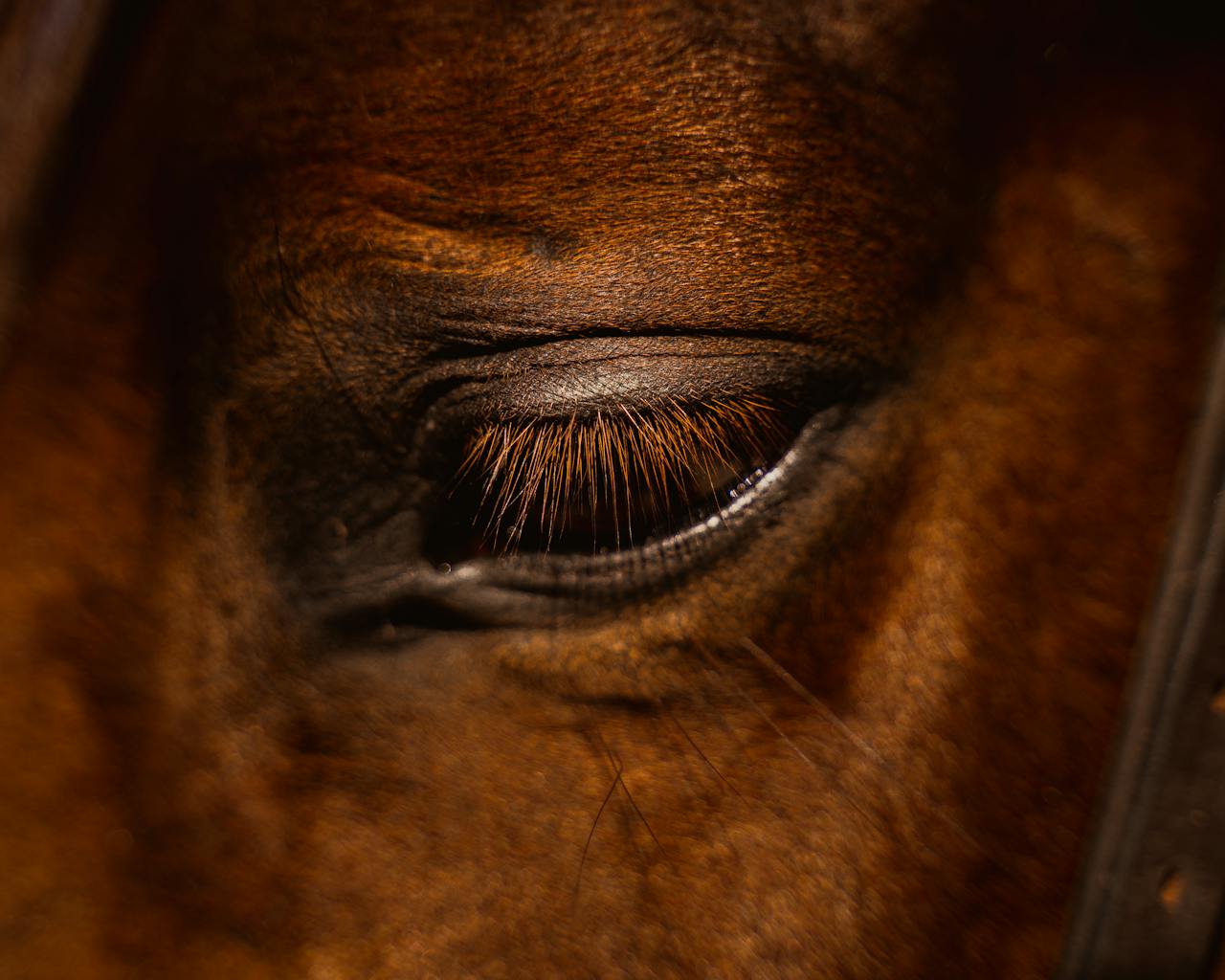Have you ever watched a horse race and started fantasizing about buying a horse and getting into the professional game? Well, hold your horses! This is a more complicated sport where there are certain equine laws that you need to follow.
Horse racing is one of the oldest sports in the world, but since it is often labeled as an unethical sport towards animals, over the years, organizations have developed a labyrinth of laws ensuring that the sport is fair, safe, and ethical towards the animals.
So, whether you are a trainer, jockey, owner, or even a veterinarian, you first need to understand the legal framework of the sport before diving into the exciting part of racing.
Let’s go through the complicated maze of equine laws that govern the sport, or at least the important ones that everyone should know about, even if you are just a casual fan of the sport.
Contents
What Are the Most Important Equine Laws for Racing Professionals?
When it comes to professional racing, we all get excited, but before the race starts, we need to go through the boring stuff. After all, it is for the sake of fairness and safety, so it is worth it.
Almost every area of horse racing from the jockey down to the stablehands is being regulated, just to ensure that horses are in the right hands, they are well looked after, and that the sport doesn’t turn into a money printing machine forgetting about the horses and their needs.
Let’s dive deeper into the most critical equine laws, their nuances, and why they matter.
The Horseracing Integrity and Safety Act (HISA)
Although we are talking about a sport that dates back hundreds of years, the Horseracing Integrity and Safety Act (HISA) was just passed recently in 2020, and since then it has become a gold standard for regulating horse racing events, at least in the United States.
This act established a national oversight body that oversees standardizing rules across states, replacing the patchwork of state laws that previously governed the sport. Here is what’s included:
Medication Rules
The most regulated part of the sport is the medication rules. Why? Well, just to keep the sport ethical towards horses. This regulation states what medication can be used and when. For example, all race-day medication bans ensure that the horse always competes based on their natural abilities, rather than a pharmaceutical enhancement.
This rule doesn’t only make the sport a level playing field but also safeguards the orse’s health.
The Role of USADA
We know that many of the highly successful trainers like Bob Baffert got into trouble for using illegal substances to enhance the abilities of their horses. Well, the U.S Anti-Doping Agency (USADA) handles enforcement under HISA, which conduits independent investigations, to ensure that no performance-enhancing drugs are used in the sport.
That’s a good thing. The horses will be healthier, and there will be no cheating. After all, nobody wants to browse through today’s best horse bets and choose a potential winner just to be beaten by someone who uses performance-enhancing drugs.
Racetrack Safety Standards
HISA has also established rules for racetrack safety standards, much like in F1. They oversee making mandatory inspections, injury monitoring systems, and accreditation requirements. All racetracks must follow these protocols to make a safer environment for horses to race in.
Nationwide Implementation
The best thing about the HISA Act is that it is nationwide reach, which means that states can no longer enforce their own anti-doping and safety regulations. This sets up standards that every state needs to follow and eliminates the risk of cheating the system.
Anti-Doping and Medication Control
Anti-doping measures in horse racing are stringent, not just for fair competition but also for animal welfare. HISA enforces baseline rules but allows for customization with approval from the FTC.
Key Provisions
- Pre-race Testing: Horses are tested for banned substances before races, reducing the risk of unfair advantages.
- Zero-tolerance Policies: Violators face immediate consequences, including fines, suspensions, and even bans.
- Lab Accreditation: Only certified labs can handle testing, ensuring accuracy and credibility.
Animal Welfare Regulations
Racing professionals must comply with strict animal welfare laws, addressing everything from training methods to post-race care.
Veterinary Oversight
Every horse must have access to a licensed veterinarian, and regular health check-ups are mandatory. Any injury must be reported immediately, with treatment plans overseen by professionals.
Ethical Training Practices
Training methods that could harm a horse physically or mentally are prohibited. This includes overworking or using harmful equipment.
Enforcement
Non-compliance can lead to penalties ranging from fines to bans, ensuring that animal welfare remains a top priority.
Licensing Requirements
Licensing is a cornerstone of horse racing regulation. Every professional involved in racing—trainers, jockeys, owners, and veterinarians—must be licensed.
Why Is Licensing Necessary?
Licensing ensures that all participants meet specific qualifications and adhere to industry standards. Background checks, interviews, and sometimes training programs are part of the licensing process.
Consequences of Non-Compliance
Operating without a license can result in hefty fines, suspension from races, or even criminal charges in severe cases. It’s not just about paperwork—it’s about maintaining the integrity of the sport.
International Regulations
Racing isn’t confined to one country. If you’re planning to compete internationally, you’ll need to understand the rules of the host country.
UK Example: The British Horseracing Authority (BHA)
The BHA enforces strict rules like HISA but includes nuances like stricter betting regulations and specific medication allowances. Failure to comply with these laws could result in disqualification or bans.
Final Words
All of these rules are designed to make the sport as fair as possible and to maintain healthy standards that will remove that unethical label from the sport once and for all. They might seem boring, but they are designed to make sure that the sport is safe for both the horse and the jockey.




